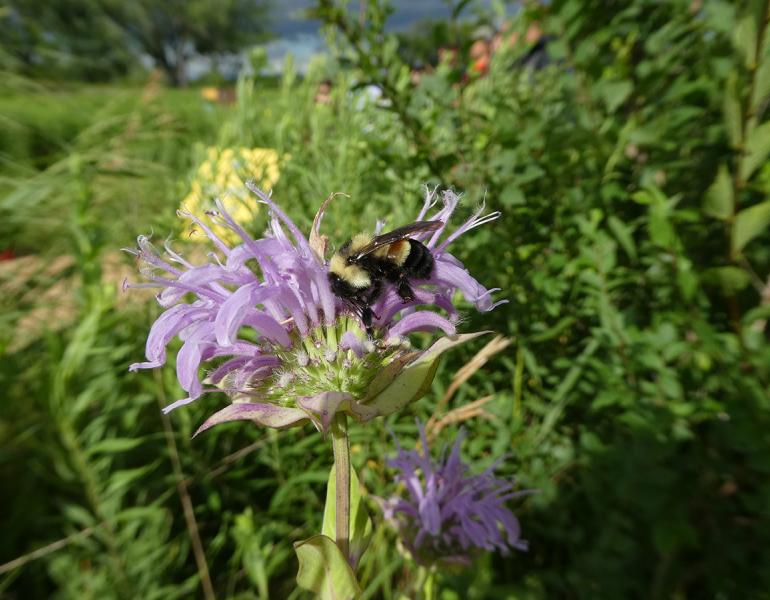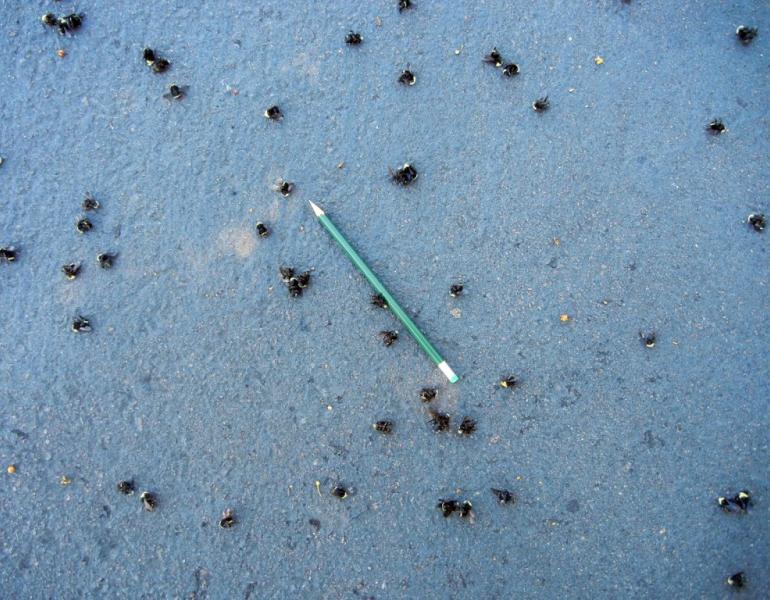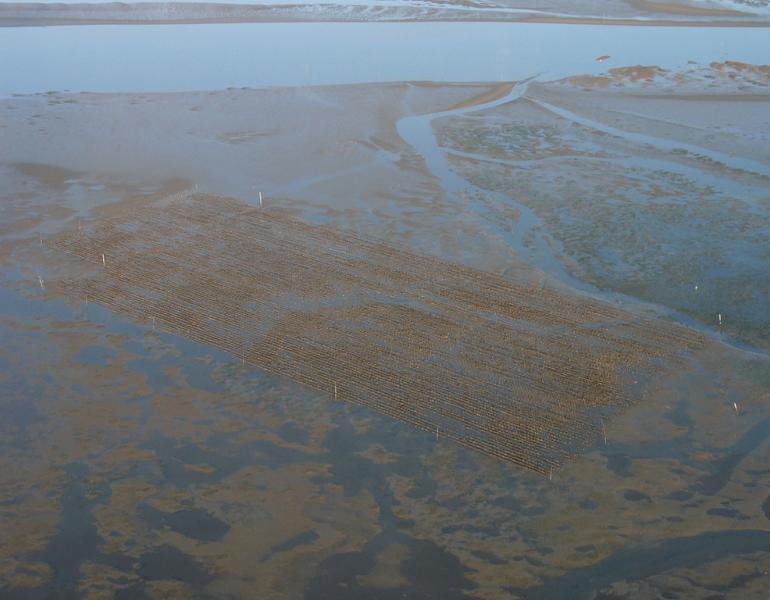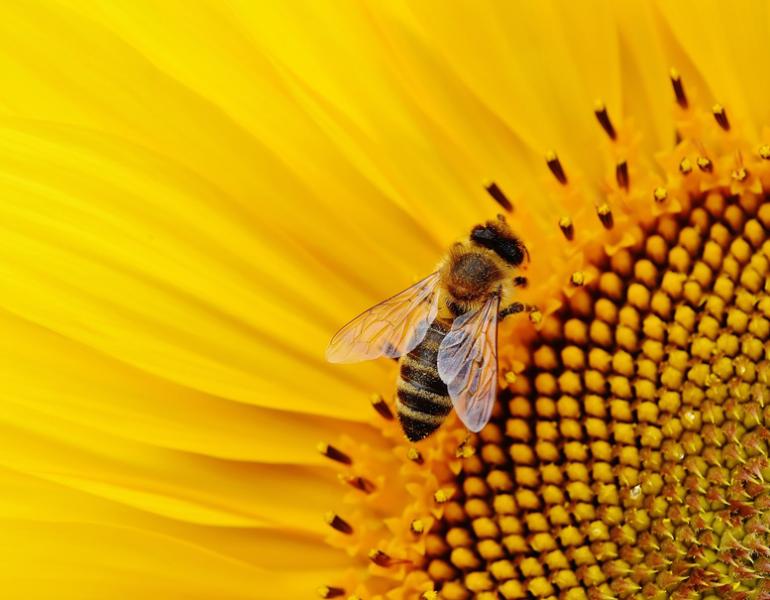Regulating pesticide-treated seeds benefits both growers and wildlife — and is becoming more common.
Neonicotinoids
Tell the EPA: Overuse of Pesticide-Treated Seed is a Threat to Waterways and Wildlife
Contamination from seeds treated with insecticides is a growing threat to the health of rivers, streams, and lakes. Right now, the US Environmental Protection Agency (EPA) is accepting input from the public regarding the regulation of pesticide-treated seeds.
Insecticide Seed Treatments Threaten Midwestern Waterways
Midwestern waterways are alive with beneficial invertebrates, but these essential species are threatened by a wide variety of contaminants. Xerces has just released a fact sheet that explores how the ubiquitous use of seed treatments affects water quality throughout the Midwest, and the findings are sobering for our aquatic ecosystems.
Ethanol Plant Causes Severe Pesticide Contamination in Nebraska
The majority of seed corn planted in the United States is coated with insecticides. Unsold seed corn is given to an ethanol plant for processing into biofuel—cheap disposal for the seed company and free raw material for the ethanol plant. But because this toxic material is not regulated as a pesticide, it has a significant impact on the environment and local communities.
Xerces Urges California to Step Up for Pollinators
California is poised to restrict the use of neonicotinoids—some of the most pollinator-toxic insecticides in use. Yet, a closer look at the narrow proposal, which focuses solely on managed pollinators, casts doubt on the value of the proposed regulations. In response, the Xerces Society is asking the state to take into account the significant risks these chemicals also pose to bumble bees, monarch butterflies, and other beneficial insects at risk of extinction.
Sowing Uncertainty: What We Do and Don’t Know about the Planting of Pesticide-Treated Seed
The lack of data on pesticide-coated seed compromises our ability to make informed decisions about pesticide risk.
To Protect Pollinators We Must Address All Risk Factors
Recent media coverage of a study on Tilia trees could lead to a dangerous misinterpretation of existing science—incorrectly exonerating neonicotinoid insecticides, which are known to harm pollinators.
New Year’s Count of Western Monarchs Confirms Decline, Trends Seen in Previous Years
Overall, the count data revealed an average decrease of 38% between the Thanksgiving and New Year’s counts.
Pesticide Program Update: Bee City USA, Treated Seeds, and Protecting Washington’s Waters
The Pesticide Program’s efforts are varied, diverse, and many, so it is difficult to summarize their work in one post! Nevertheless, here are summer and fall highlights.
Bumble Bee Die-Off Under Investigation in Virginia
Bee kill incidents have marred Pollinator Week—which should be a week of celebration. Will other states learn from Oregon to prevent future incidents and protect pollinators?
Scientists Urge Action to Protect Waters from Neonicotinoid Insecticides
Will California’s regulators take steps to curtail neonicotinoid water pollution? If they take the advice of scientists, they will.
California Halts Consideration of New Uses of Neonicotinoids in the State
This week the California Department of Pesticide Regulation announced that, effective immediately, DPR will not consider applications for any new uses of a class of neonicotinoid insecticides that includes the most widely used neonicotinoids.
New Fact Sheet Highlights Risks to California’s Surface Water from Insecticides
Neonicotinoids have been found in California’s rivers and streams at levels known to harm or outright kill aquatic invertebrates.
New Report: How Neonicotinoids Can Kill Bees
To bring clarity to the debate and to inform discussion, the Xerces Society has published How Neonicotinoids Can Kill Bees. Summarizing hundreds of studies, the new report provides an in-depth look at the science behind the role these insecticides play in harming bees.
Shortfalls of EPA’s Preliminary Risk Assessment for Imidacloprid
While we are pleased that the EPA released this initial assessment, our review of the documents shows severe shortfalls in the methods and omissions in the evaluation.


















